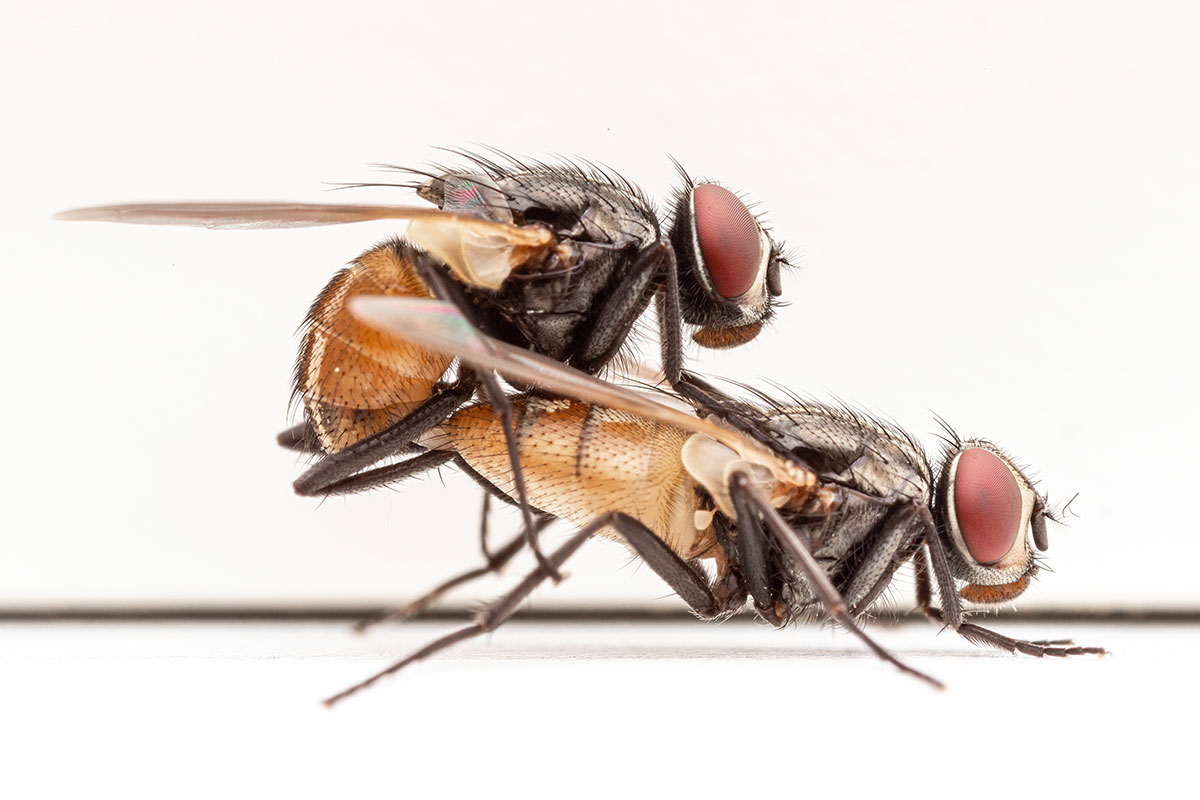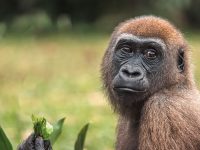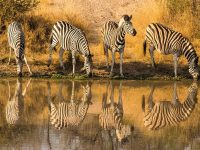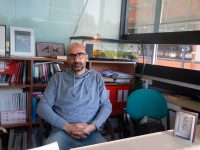
The buzzing finally stopped, while in my head the thought of finally fixing that damned mosquito net became inescapable. Not five seconds had passed before the buzzing started again. I guess intuition and some experience led me to believe that this was not the usual sound of a single fly. In fact, the pair were perpetuating their genes on my door frame. Catching them – and then releasing them – without ruining the copulation was tricky. As I pondered what to do with them, I was struck by the natural beauty of such a common urban animal.
In fact, there is a great diversity of organisms that have adapted to live among us. Not only arthropods such as cockroaches and flies, but also vertebrates such as geckos, bats, owls and, in some highly urbanised countries, even foxes, deer, and bears. Surprisingly, and despite the fact that the natural environment is being relentlessly urbanised (in Spain it is estimated that around 30 % of the territory has already been urbanised), the number of studies on urban fauna is still low (around 4 % of wildlife research) and the rate of growth is slow (around 0.2 % per year). Moreover, these studies are often biased towards vertebrate groups such as mammals and birds. Geographically, Africa, Asia and South America remain under-represented in this type of research.
As the door frame was off-white, good lighting for the shot was almost guaranteed. A touch of flash reflected in the white of the wood would help me get the lighting just right. The macro lens, closed aperture (to enlarge the area in focus) and a bit of contortionism did the rest. When they were finished, I captured them for release.





